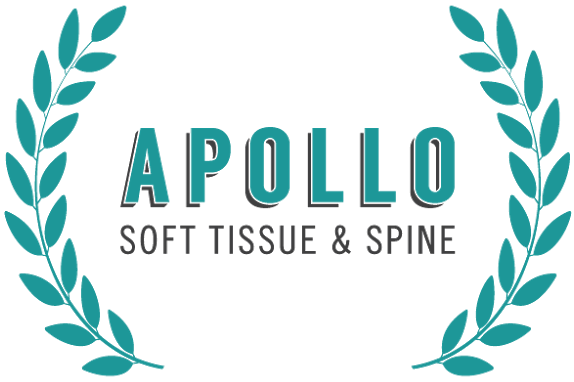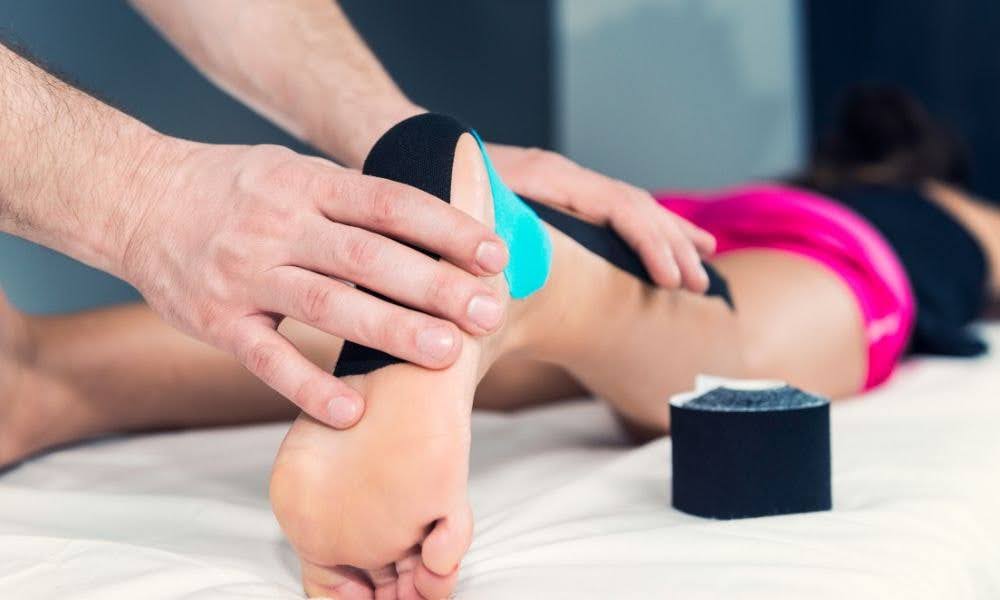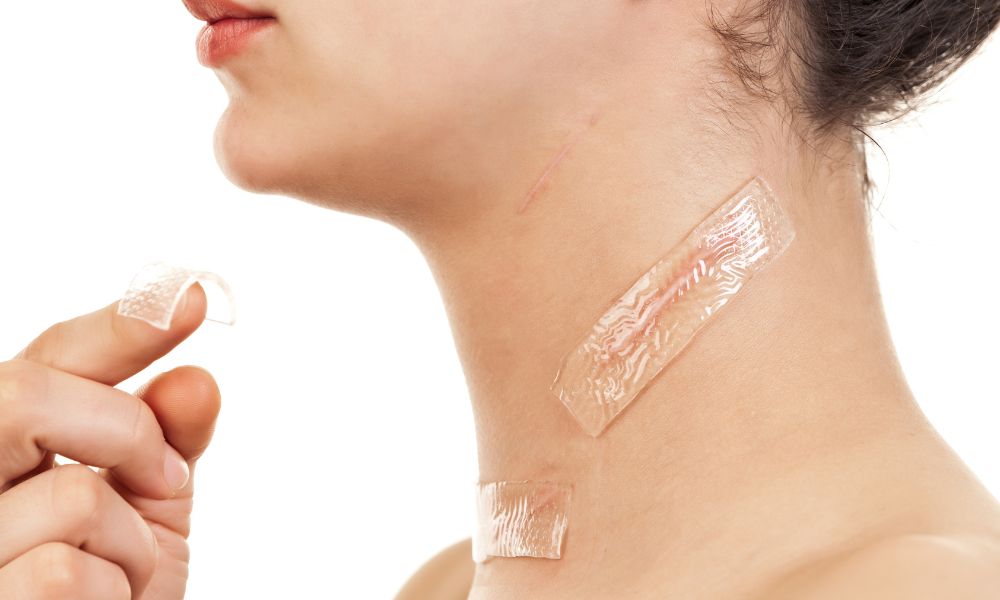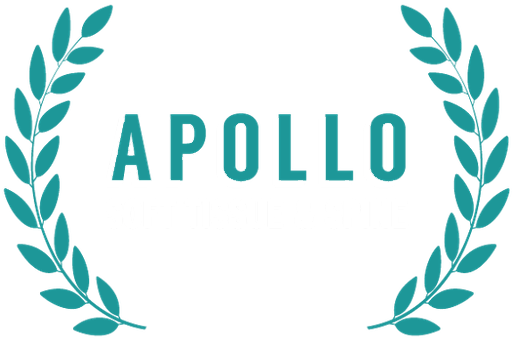Just picture waking up every morning liberated from the clutches of chronic pain, relishing the sensation of your body moving effortlessly and without any unease. This vision might seem distant to those battling persistent pain caused by adhesions—tough bands of connective tissue that form between organs and tissues, often disrupting normal functioning and contributing to intense discomfort. Massage therapy, a centuries-old healing technique, offers a promising approach to mitigating these pains and enhancing the body’s natural healing process.
Let us explore why addressing adhesion is crucial for overall health, and explain the potential of massage therapy as a transformative tool for those affected. We’ll uncover how targeted manipulation of muscles and tissues can alleviate pain and improve mobility and quality of life, setting the stage for a deeper understanding of massage therapy’s role in the adhesion healing process.
Understanding Adhesions
Adhesions are tough bands that can form between tissues and organs, often after surgery, injury, or inflammation. These bands can create sticky paths that disrupt normal body functions and movement. Adhesions are a concern because they can limit mobility and cause pain. Massage therapists use specific techniques to apply pressure and help ease these bands, promoting the growth of new, healthier tissue.
Types of Adhesions
- Post-surgical Adhesions: Develop after surgery as the body tries to heal internal wounds, leading to bands that can connect organs or tissues that are normally separated.
- Traumatic Adhesions: Caused by direct physical injuries that affect internal tissues, often complicating the healing process.
- Inflammatory Adhesions: Form in response to inflammation, where tissues bind together as a defensive healing response.
Symptoms and Impact
The physical symptoms of adhesions can range from mild discomfort to severe pain, often aggravated by movements that stretch the fibrous bands. This discomfort can manifest anywhere in the body but is particularly common as abdominal adhesions. Psychologically, the chronic pain associated with adhesions can lead to anxiety and a reduced quality of life, making effective treatment essential for both mental and physical health.
The Science Behind Massage Therapy
Massage therapy has evolved significantly since its ancient beginnings, growing into a sophisticated tool that integrates various techniques to manipulate muscle, skin, and connective tissues, promoting healing and well-being. This evolution reflects a deepening understanding of how targeted pressure can positively affect the body’s physical structures and psychological state, helping to dissolve scars, soothe nerves, and relieve stress.
Types of Massage Therapy
- Swedish Massage: Uses gentle pressure to promote relaxation and increase blood circulation.
- Deep-tissue massage: This technique applies firm pressure and slow strokes to reach deeper layers of muscle and fascia. It is often used to treat chronic muscle pain.
- Myofascial Release Focuses on releasing muscular shortness and tightness. It is often used to alleviate pain and restore motion by relaxing contracted muscles and stimulating the stretch reflex.
- Other Therapeutic Techniques: This includes a variety of approaches, like trigger point therapy, which specifically targets points of tension within muscles, creating new pathways for nerve and tissue growth.
Mechanisms of Action
Massage therapy works through several mechanisms: mechanically by breaking down adhesions and encouraging the formation of new, functional tissue; neurophysiologically by stimulating nerve receptors to reduce pain and muscle tension; and psychologically by reducing stress and promoting relaxation, enhancing overall well-being and recovery in clients.

How Massage Therapy Addresses Adhesions
Massage therapy offers a multifaceted approach to addressing the tough, fibrous bands of adhesions that can cause significant discomfort and restrict movement. Through targeted techniques, therapists can alleviate these physical constraints, promoting better health and mobility.
Breaking Down Scar Tissue
Massage therapists use direct physical manipulation to break down scar tissue by applying controlled pressure to the skin and muscles, helping to release tight areas. This process increases tissue elasticity, allowing the affected areas to become more flexible and less prone to stiffness or pain, ultimately improving overall mobility.
Improving Blood Flow and Circulation
Massage therapy enhances blood flow and circulation in the body, which plays a vital role in healing. By boosting circulation, the body can deliver more nutrients to damaged tissues, supporting their recovery. At the same time, improved circulation aids in the removal of metabolic waste from the body, helping to maintain healthy tissues and reduce discomfort.
Promoting Lymphatic Drainage
Massage therapy also promotes lymphatic drainage, which helps reduce inflammation by flushing out excess fluids and toxins. This process not only decreases swelling in affected areas but also supports the immune system, allowing the body to function more efficiently in fighting off infections and speeding up recovery.
Evidence-Based Research
A systematic study titled “Effect of Soft Tissue Mobilization Techniques on Adhesion-Related Pain and Function in the Abdomen” provides strong evidence for the benefits of massage therapy techniques such as deep tissue massage and myofascial release in treating adhesions. This review analyzed multiple clinical studies and found that these techniques significantly improve mobility and alleviate pain in patients suffering from adhesions, particularly in the abdomen.
These findings also reported that patients receiving these soft tissue mobilization therapies experienced measurable improvements in both pain levels and physical function, such as increased range of motion and enhanced daily activities.
Comparative Analysis
Different approaches to treating adhesions offer varying levels of effectiveness, accessibility, and affordability. Comparing massage therapy with other common treatments provides insight into the best options for addressing this condition.
Massage Therapy vs. Other Treatments
Massage therapy offers a noninvasive option that focuses on manual manipulation to break down adhesions and improve mobility. In contrast, physical therapy often incorporates exercises alongside manual techniques to achieve similar goals. Surgical interventions, while sometimes necessary, can be more invasive and carry risks like further scar tissue formation. Pharmaceutical approaches may help manage pain, but they don’t address the root cause of adhesions, often leaving patients seeking longer-term solutions.
Cost-Effectiveness
Massage therapy is often a more affordable and accessible treatment option compared to surgery or long-term medication use. Its economic benefits include fewer medical costs related to invasive procedures, with many therapies widely available through licensed practitioners. In terms of accessibility, massage is generally easier to schedule and can be done in various settings, making it a practical and cost-effective choice for managing adhesions.
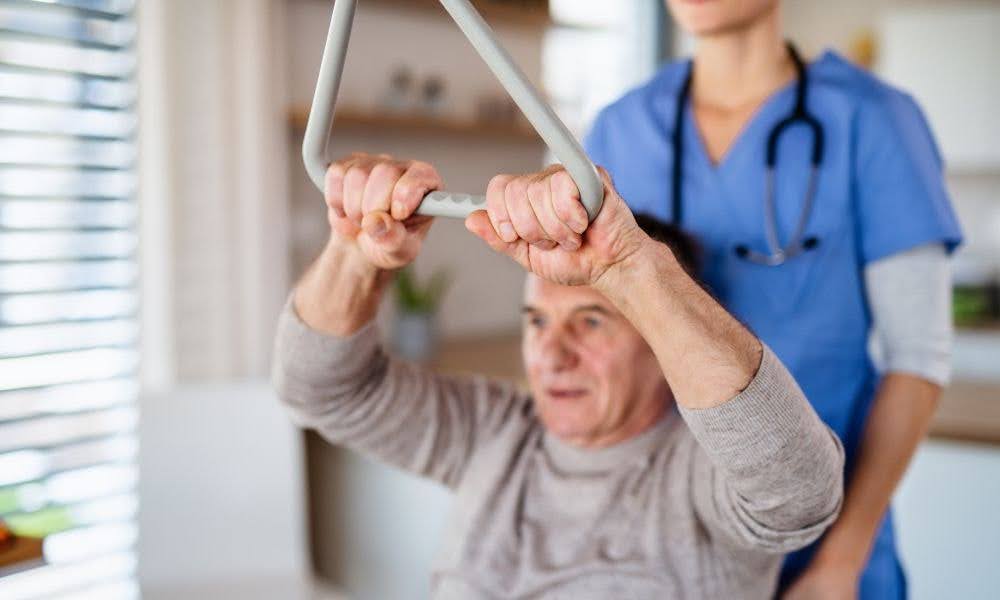
Practical Application
Massage therapy can be a powerful tool for addressing adhesions, but understanding when to seek treatment and how to choose a qualified therapist is essential for effective results.
When to Seek Massage Therapy
It’s important to seek massage therapy when adhesions start affecting your movement or causing discomfort. Identifying the right time involves assessing your symptoms—such as pain, stiffness, or limited mobility—and their severity. If these issues begin interfering with daily activities, it’s a sign that treatment may be necessary.
Choosing a Qualified Therapist
Finding a qualified massage therapist requires checking their credentials and certifications to ensure they have the proper training in dealing with adhesions. Look for therapists with positive recommendations and reviews from previous clients, as this can give you confidence in their ability to deliver effective treatment.
What to Expect in a Session
In a typical session, you’ll start with an initial consultation where the therapist assesses your condition and discusses your symptoms. The treatment process usually involves specific techniques aimed at breaking down adhesions and improving tissue mobility. After the session, the therapist may recommend post-treatment care, such as hydration or gentle stretching, to enhance the benefits of the massage.
Potential Risks and Considerations
While massage therapy is generally safe, there are a few potential risks to consider. Possible side effects may include short-term discomfort, soreness, or bruising, especially after deep tissue treatments. Certain medical conditions, such as recent surgeries, infections, or blood clotting issues, may make massage therapy unsafe, which is why it’s important to check with a healthcare provider beforehand.
There are also some misconceptions, like the belief that massage therapy is always painful or that it can completely eliminate severe adhesions. In reality, massage should be tailored to your comfort level and, while effective, may not fully remove all adhesions in extreme cases.
Embracing the Healing Power of Massage for Adhesions
If you’ve been struggling with pain or stiffness from adhesions, it’s worth considering how massage therapy might offer relief. While current research shows promising results, there’s still more to explore in how different techniques can further improve outcomes for patients.
As the field continues to evolve, massage therapy remains a valuable and non-invasive option for managing adhesions, improving mobility, and enhancing overall well-being. If you’re dealing with these issues, consulting with a qualified therapist could be a smart step toward recovery, offering a natural way to support your body’s healing process.
